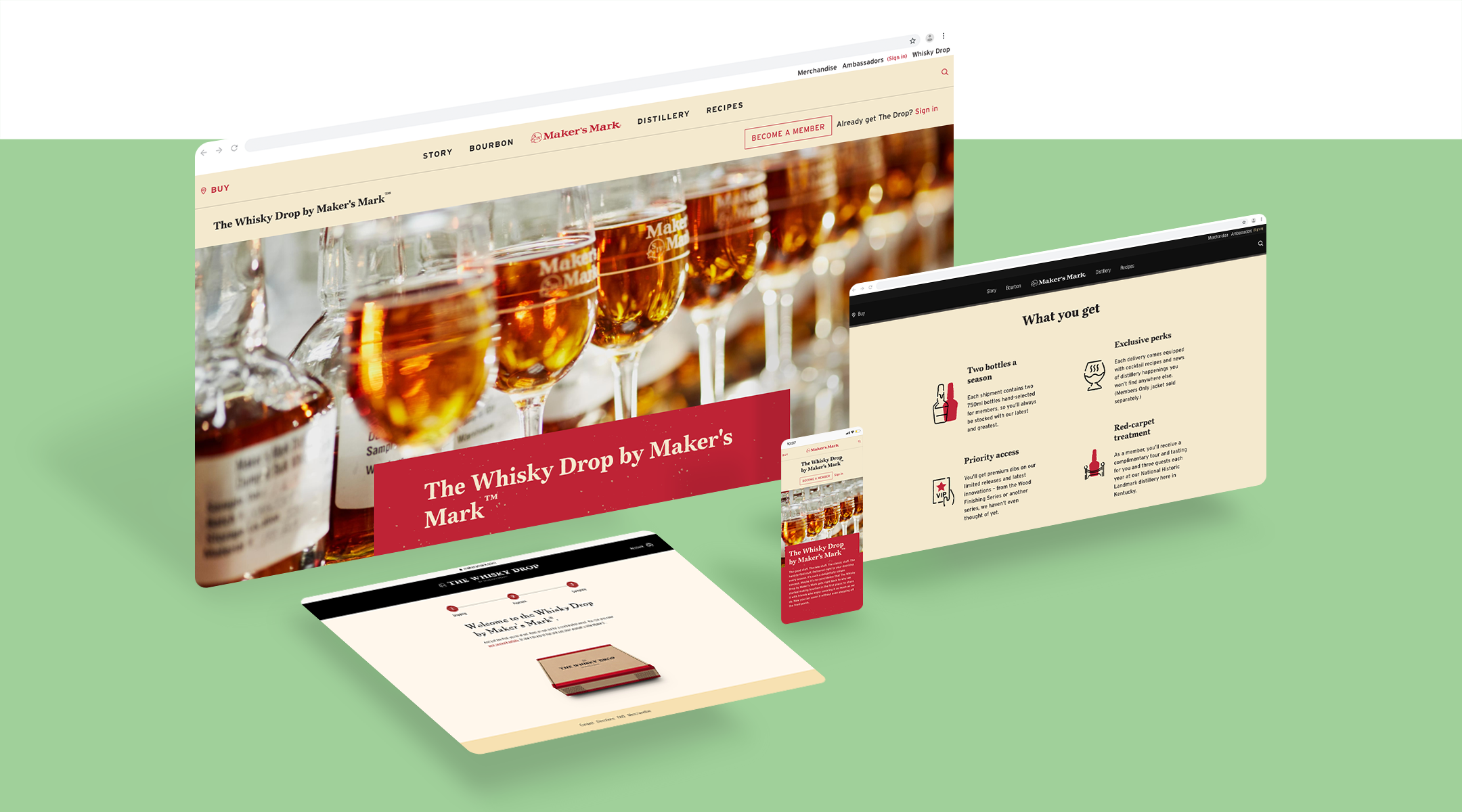
Creating software solutions to optimize business practices
You may or may not know that the Internet was originally created as a means for scientists to transfer data and knowledge between distributed teams. When you consider that context, it makes perfect sense that, in the early days of the world wide web, the only action a user could take was to passively consume information. It may be hard to comprehend (for the younger generations) or remember (for those of us who were born before the Internet), but there was a time before email, social media and streaming television. Early adopters in business took the opportunity to put relevant contact information about their companies on the web, and the online brochure was born.
This was groundbreaking business practice, but that was the 90s/2000s (2010s for some), and we’ve moved WAY past that now. The capabilities of the devices and size of the networks accessing the Internet have changed. What used to take up an entire room is now carried in your pocket. And it comes with network access to the internet in most locations. That’s what I call an explosive growth in access and possibility. This dramatic shift in technology has led to an equally large shift in user expectations and behaviors. E-commerce has gone from not existing to something you could do that was met with a high level of skepticism to commonplace.
You may be asking yourself, “What does this history lesson have to do with optimizing my business practices?” Fair question, but stick with me.

Benefits of custom software solutions
It is time to move past the outdated thinking that just having an online presence is enough for your business. That’s the floor, not the ceiling. It is possible for users to do so much more than passively consume information. Not only is it possible to create more immersive experiences, it is what users expect. Think back to my history lesson above. Online consumer behavior has long since changed. It is vital for your businesses’ continued success that you meet your customers where they are. The cost of a physical location is likely to be well over $1 million. This new location would provide your business with increased opportunities to connect with potential customers. However, it is limited in its usefulness to consumers who are within proximity of the physical location. Digital solutions do not have this limitation, and they open opportunities to be in front of potential customers at a global scale. When you shift your digital business practices from focusing on the informative mindset of the past into the realm of possibilities that exist online today, the business case for investing in custom software becomes apparent. Let’s kill that brochure website and create an integrated software solution that directly contributes to your bottom line.
A complete sales funnel example:
A lead generation form submission captures customer data
Which triggers an automated marketing journey
A notification is sent to your sales team
That funnel converts a prospect into a customer
At which point a complete record of where, when and how that person became a customer, along with what they purchased, is sent to a CRM or CDP platform
In the future, if that customer needs support in any manner, all the information necessary to service their needs is available to whomever handles customer support
As a business, turning potentially negative situations into positive interactions with your brand increases customer retention and brand equity. What may have previously been a frustrating, stress-inducing situation for your customer (let’s face it, who contacts a company to tell them they are doing great?) has now increased the likelihood they will become a long-term brand advocate. That’s a win-win.
Here at Doe, we’ve built:
An AR game
A new customer service process that resulted in a reduction in request routing errors, increased support team productivity and happier customers

These solutions were delivered, either wholly or in part, online. They do everything from creating a new revenue stream, cultivating brand advocates, taking users into an altered reality and building a community to optimizing customer support. All of them integrate into other platforms and services that are not directly connected to – or controlled by – the business they were created for. Connecting unrelated platforms integrates previously disjointed processes and teams while greatly enhancing the user experience possibilities for your customers.
Even if your business cannot complete the sales funnel online via E-commerce, integrated processes still hold great business value. Custom software solutions can unlock that value. There is not a single solution that works in all situations for all businesses. However, starting with a solid strategy, pairing it with a good digital team, and following up with reporting and insights is just good business. Luckily, Doe-Anderson excels at all these things. Let’s talk about designing a software solution that works for your business.

Those of you especially digitally savvy readers out there may be thinking “He’s essentially talking about the change in behaviors in Web1 and Web2. What about Web3? That’s the true cutting edge.” You’d be correct. And do not worry, we have Web3 content coming your way soon. Web3 is probably too early in many business use cases, and there is no reason to let opportunities pass you by as a business owner.
)
)